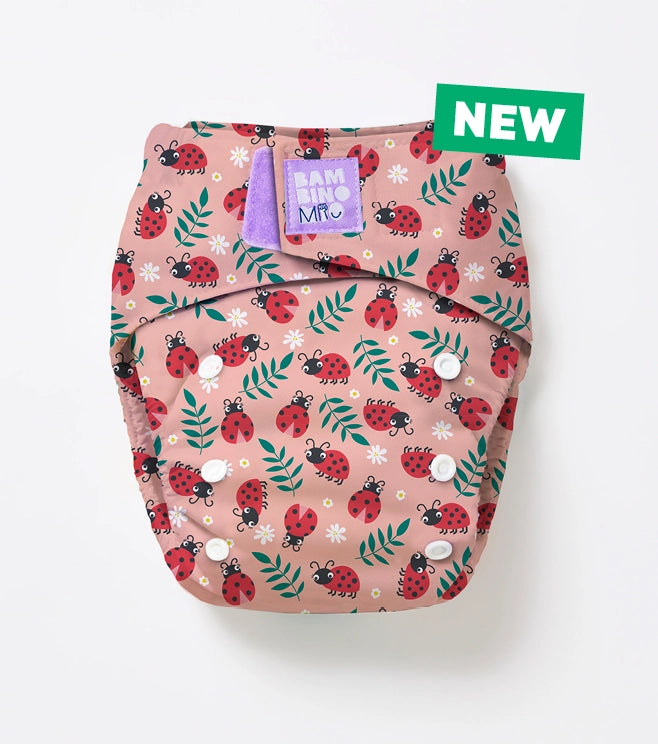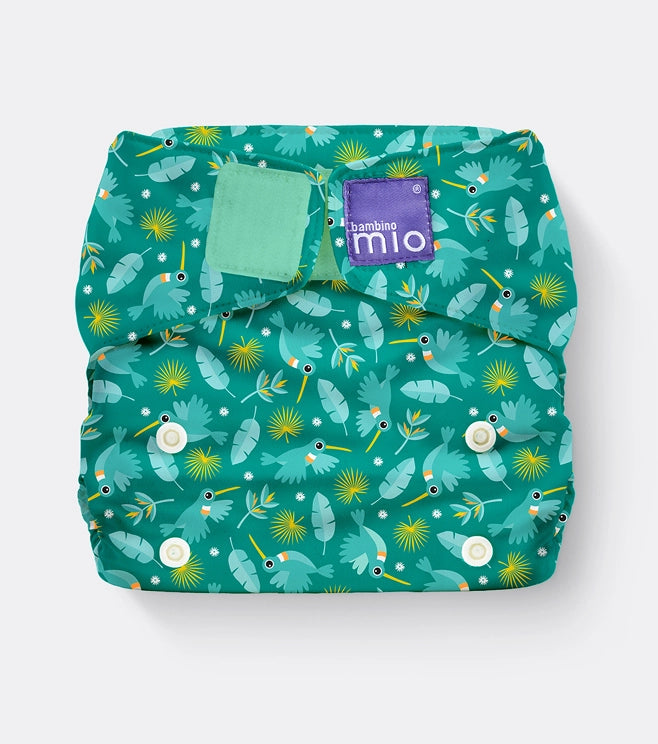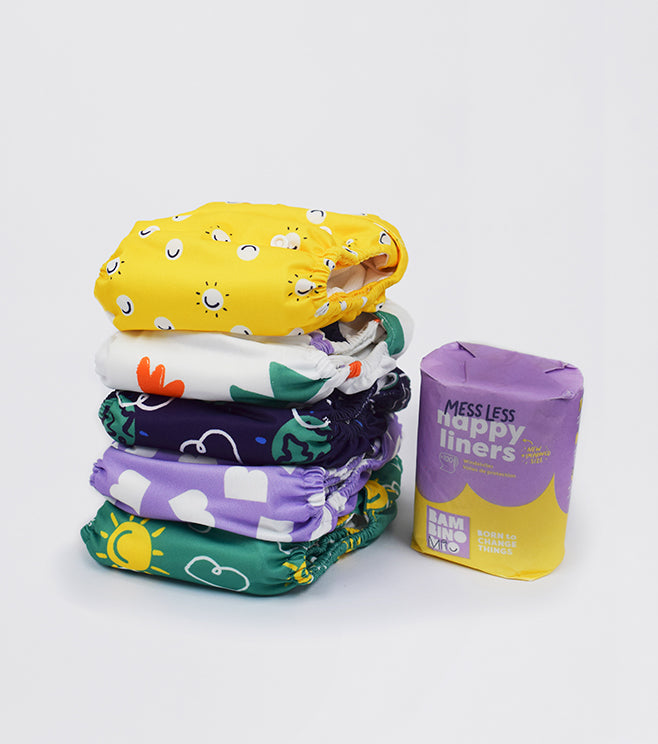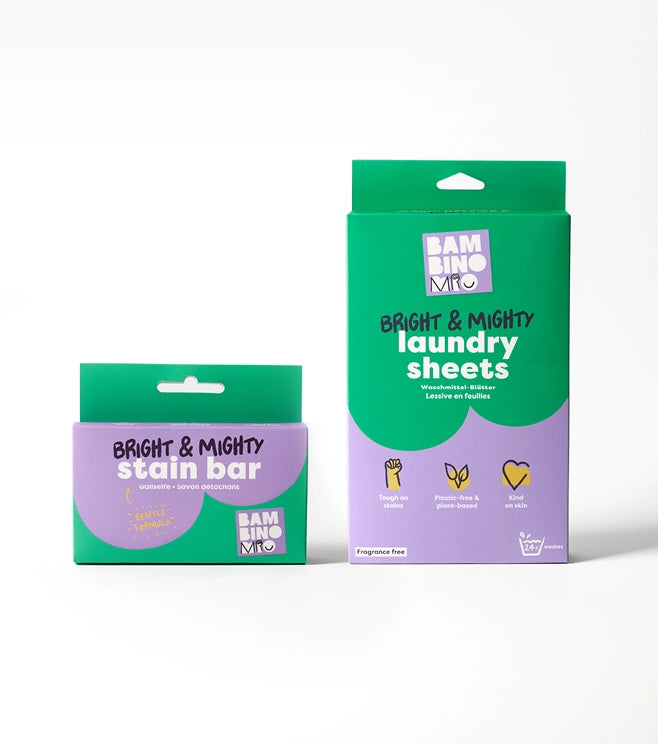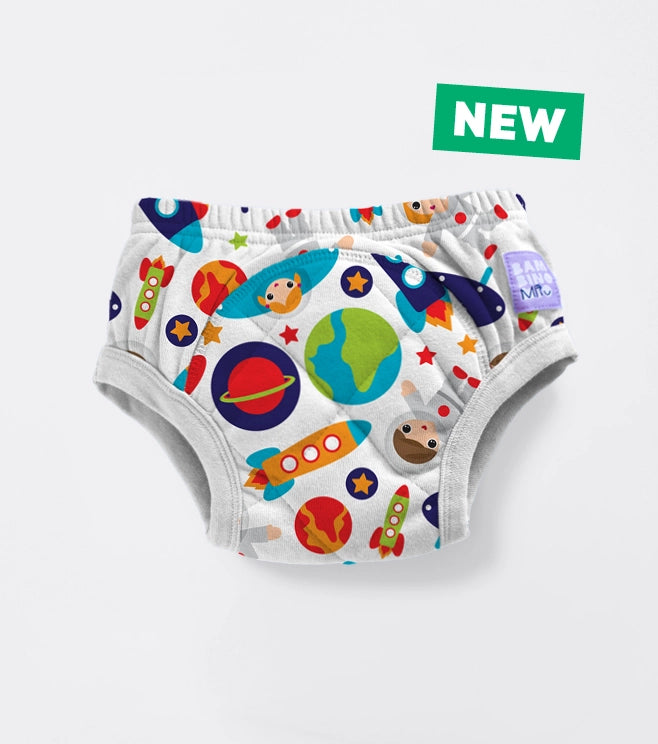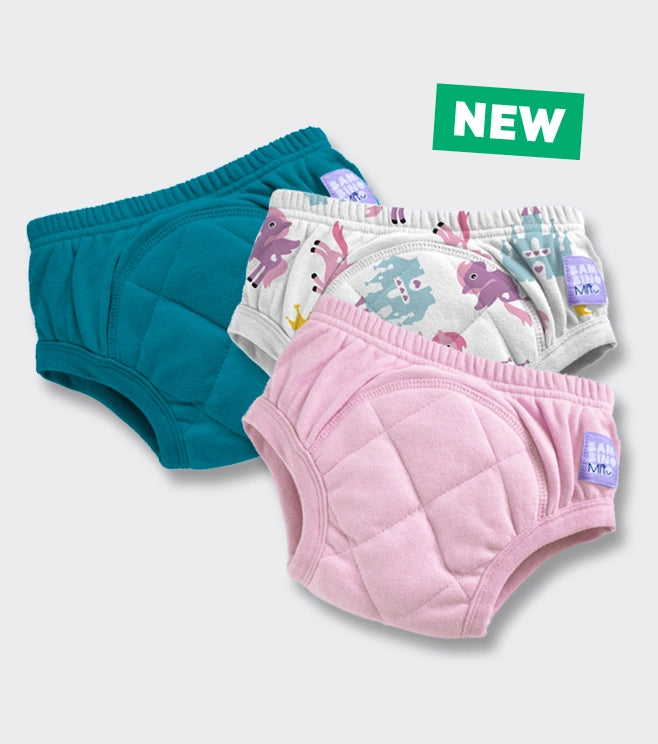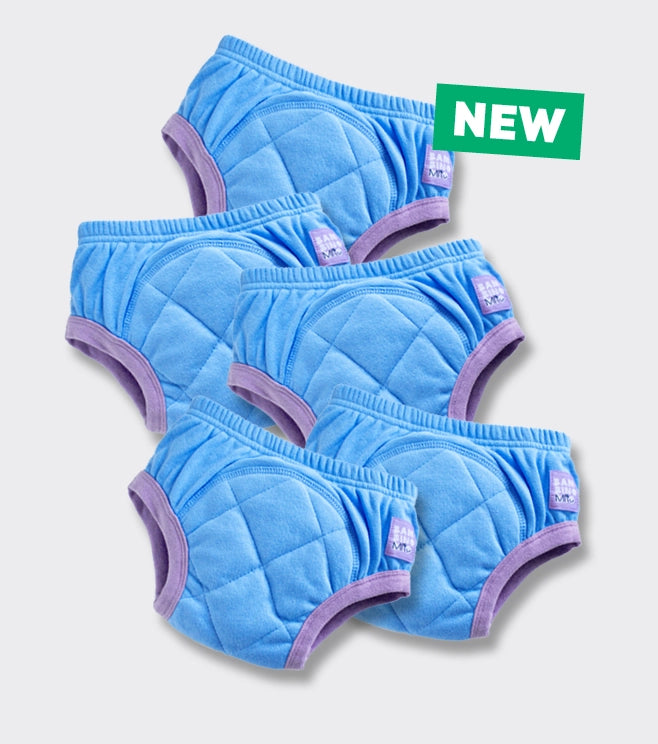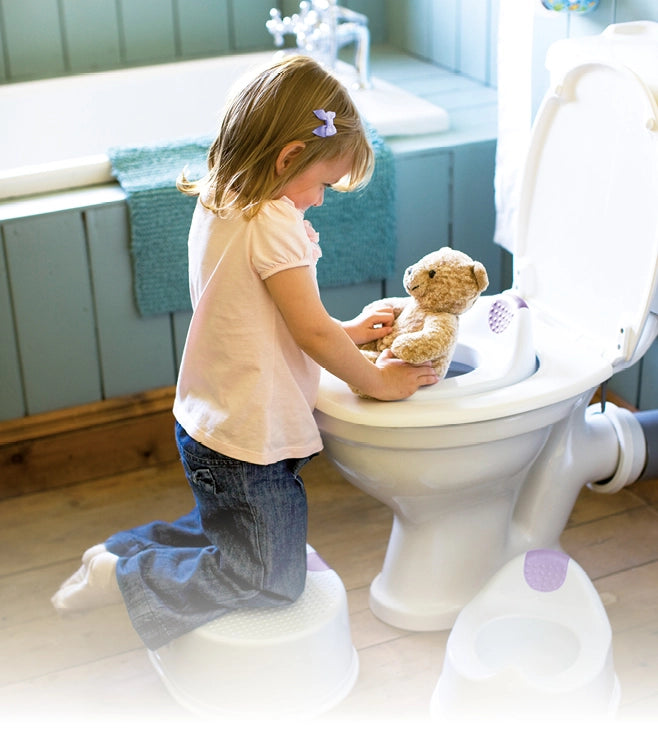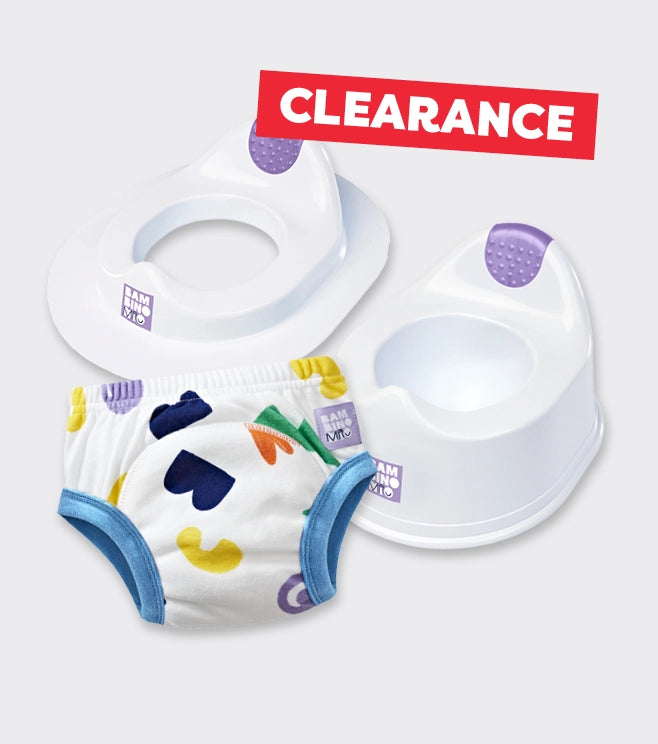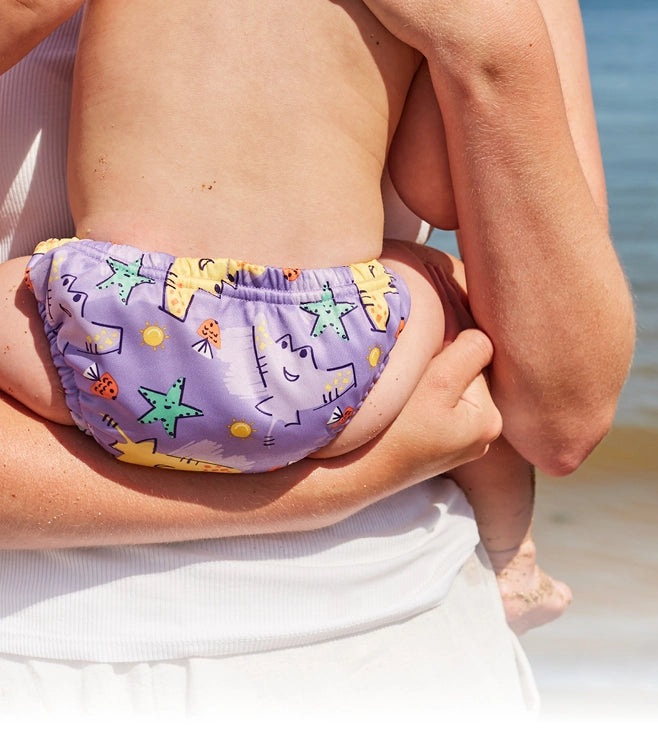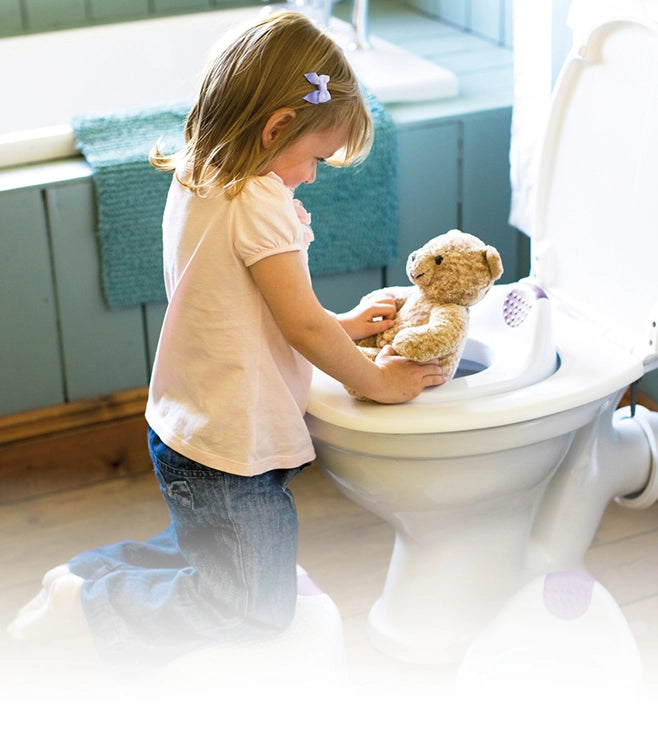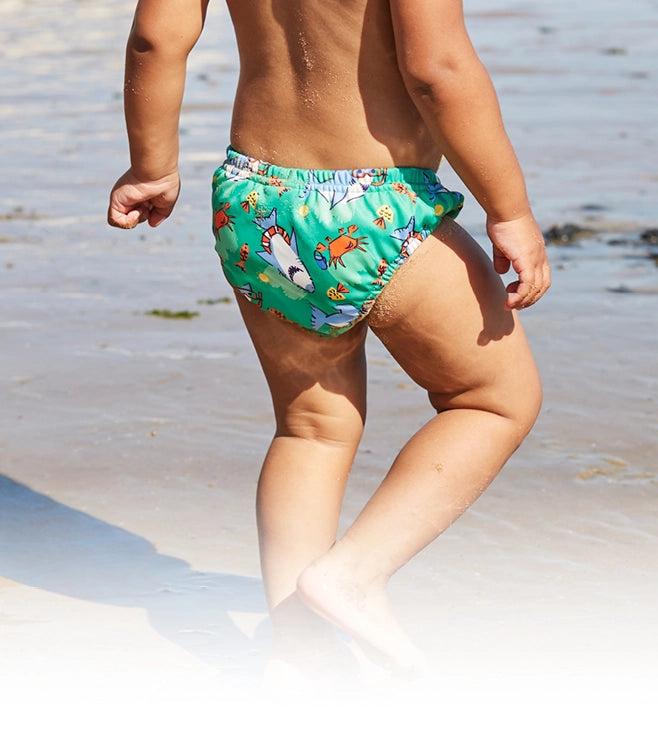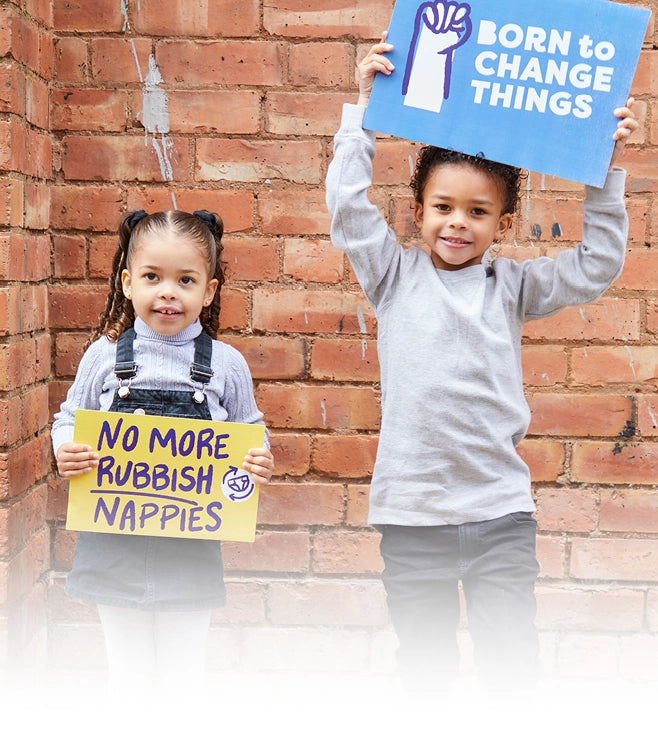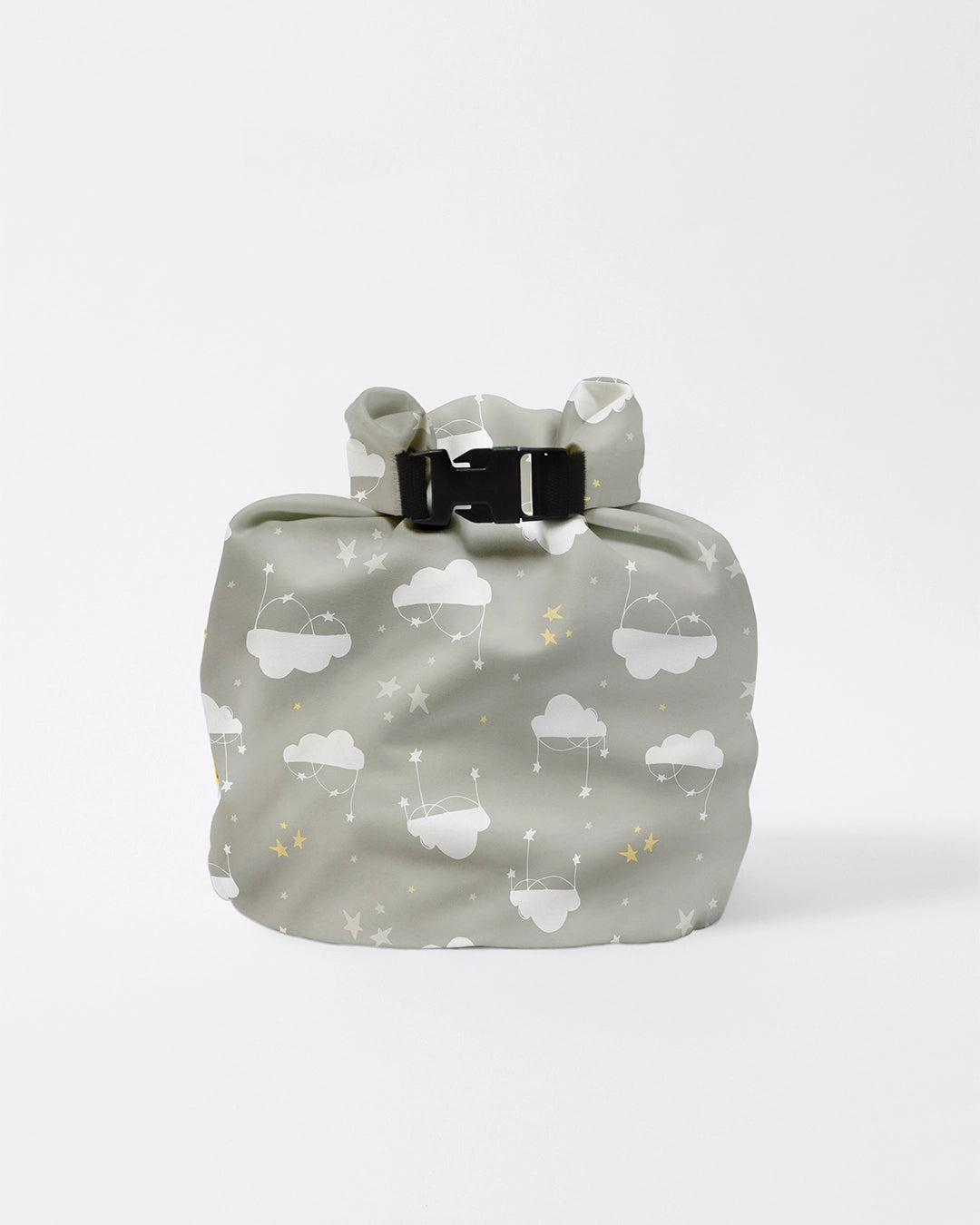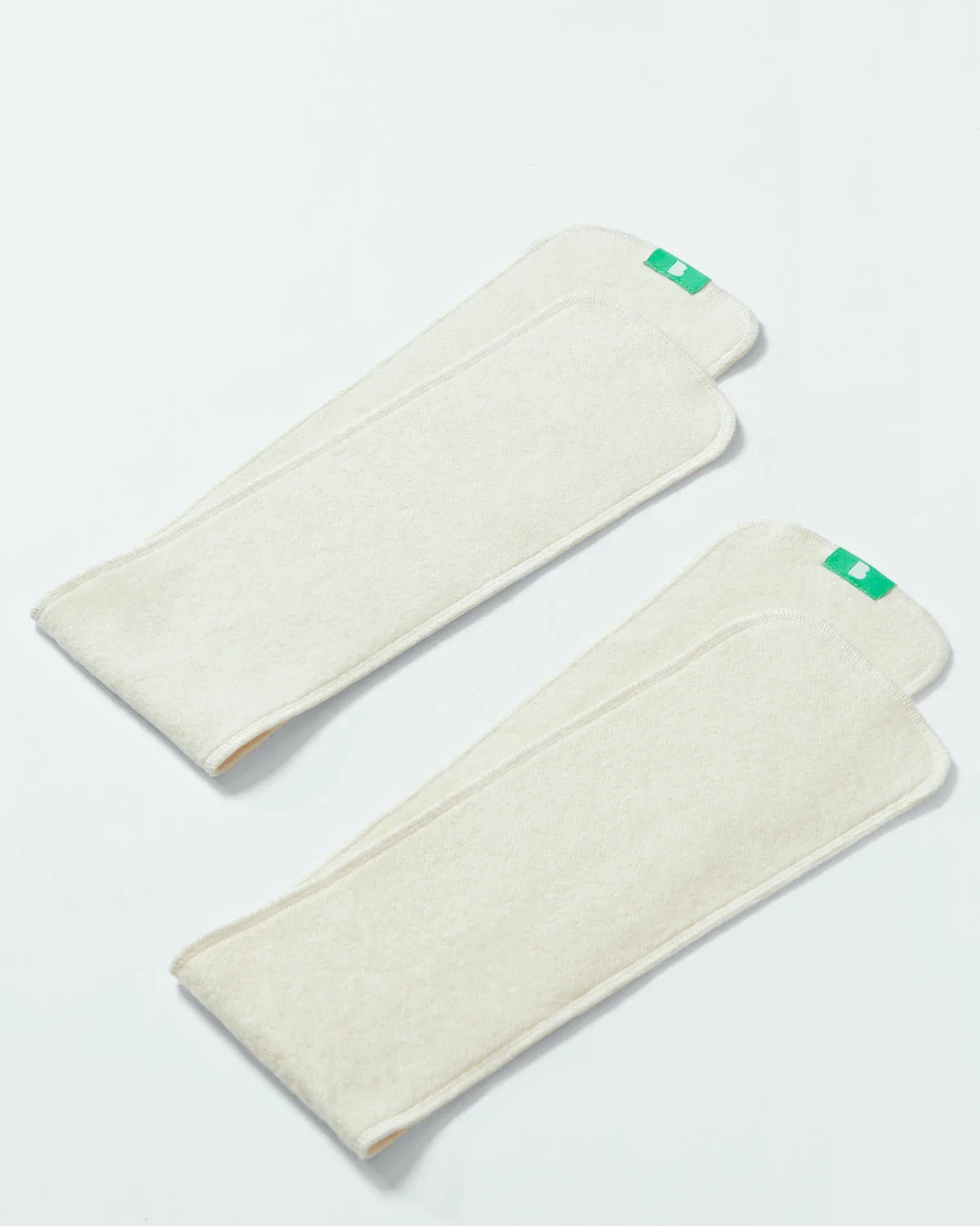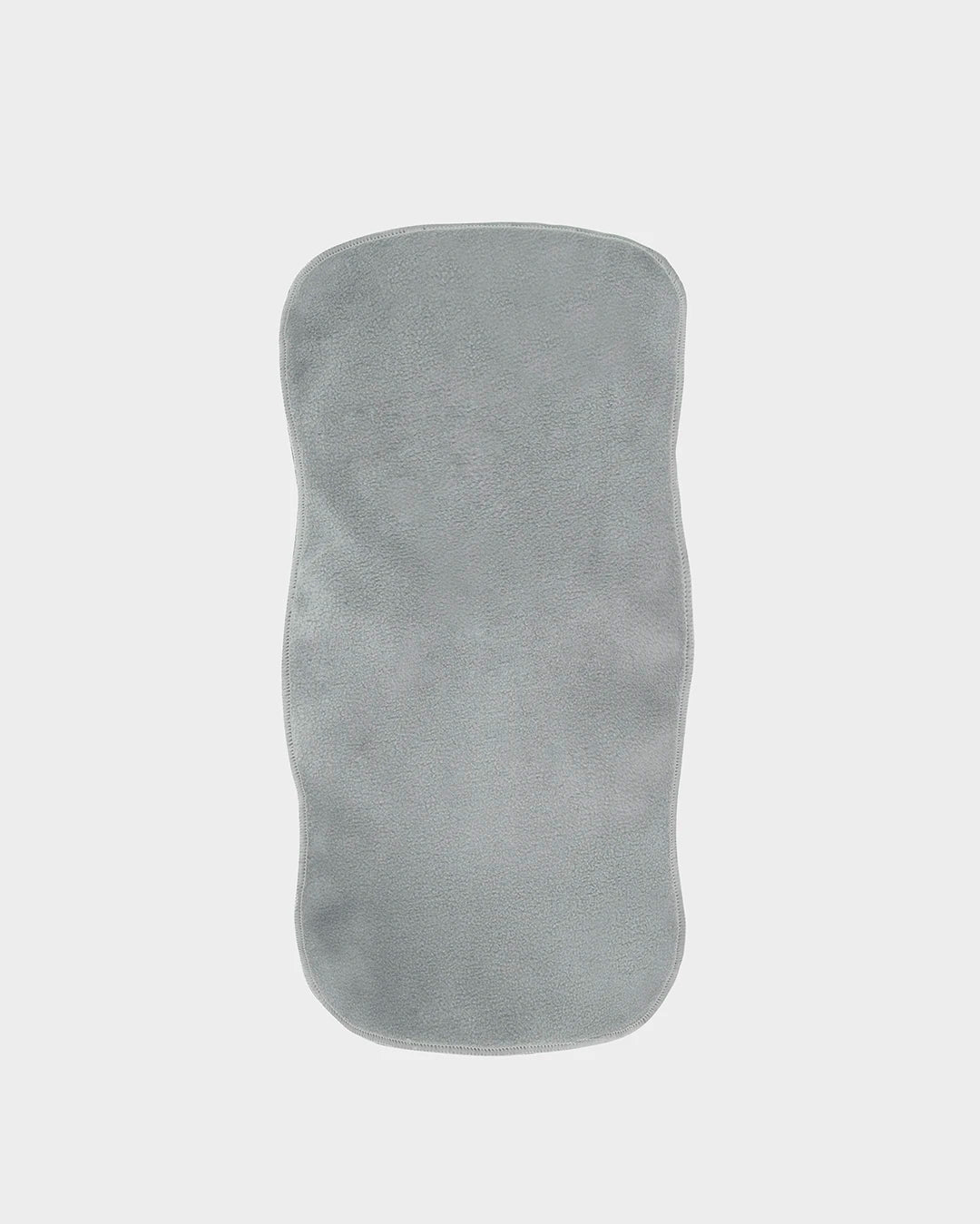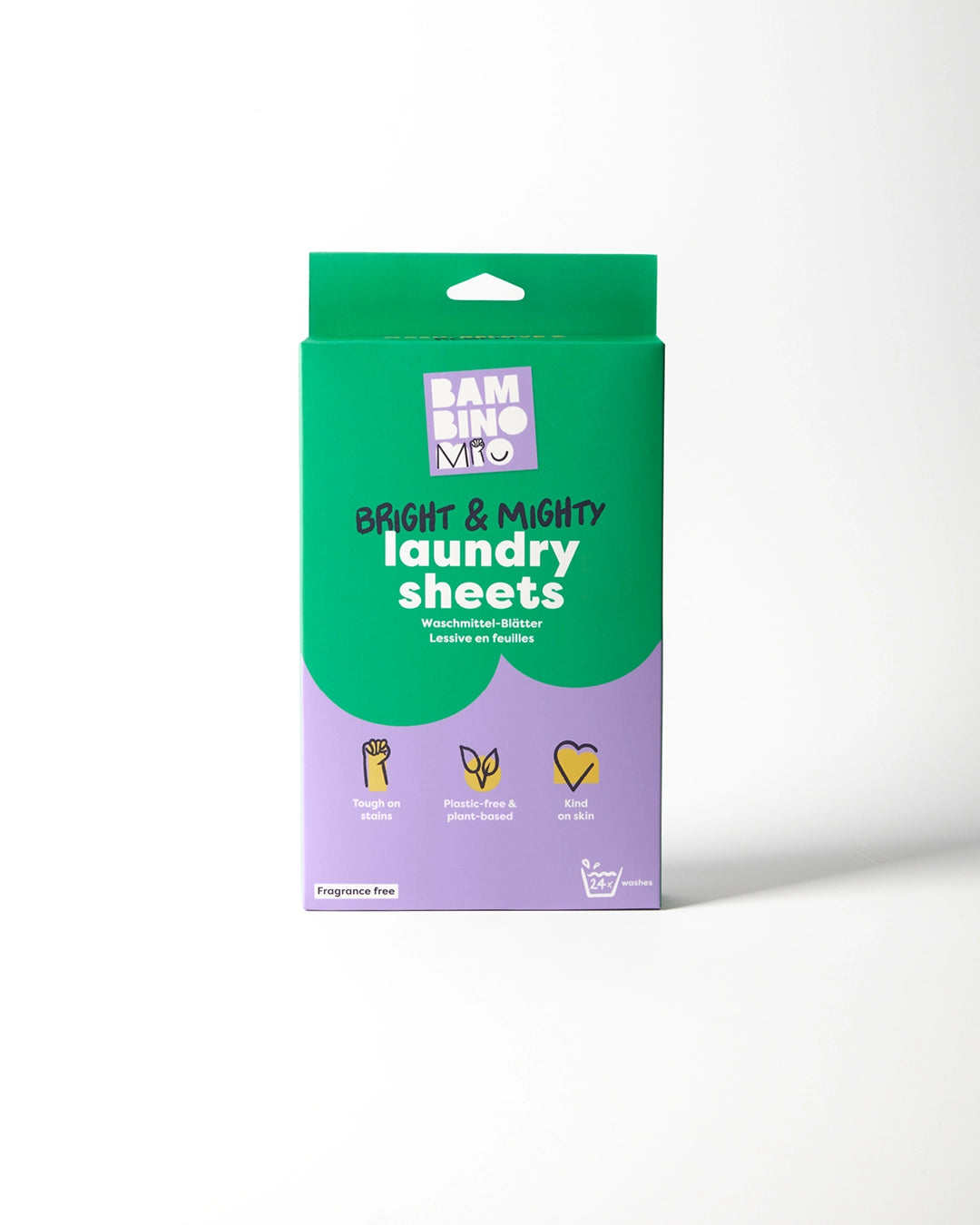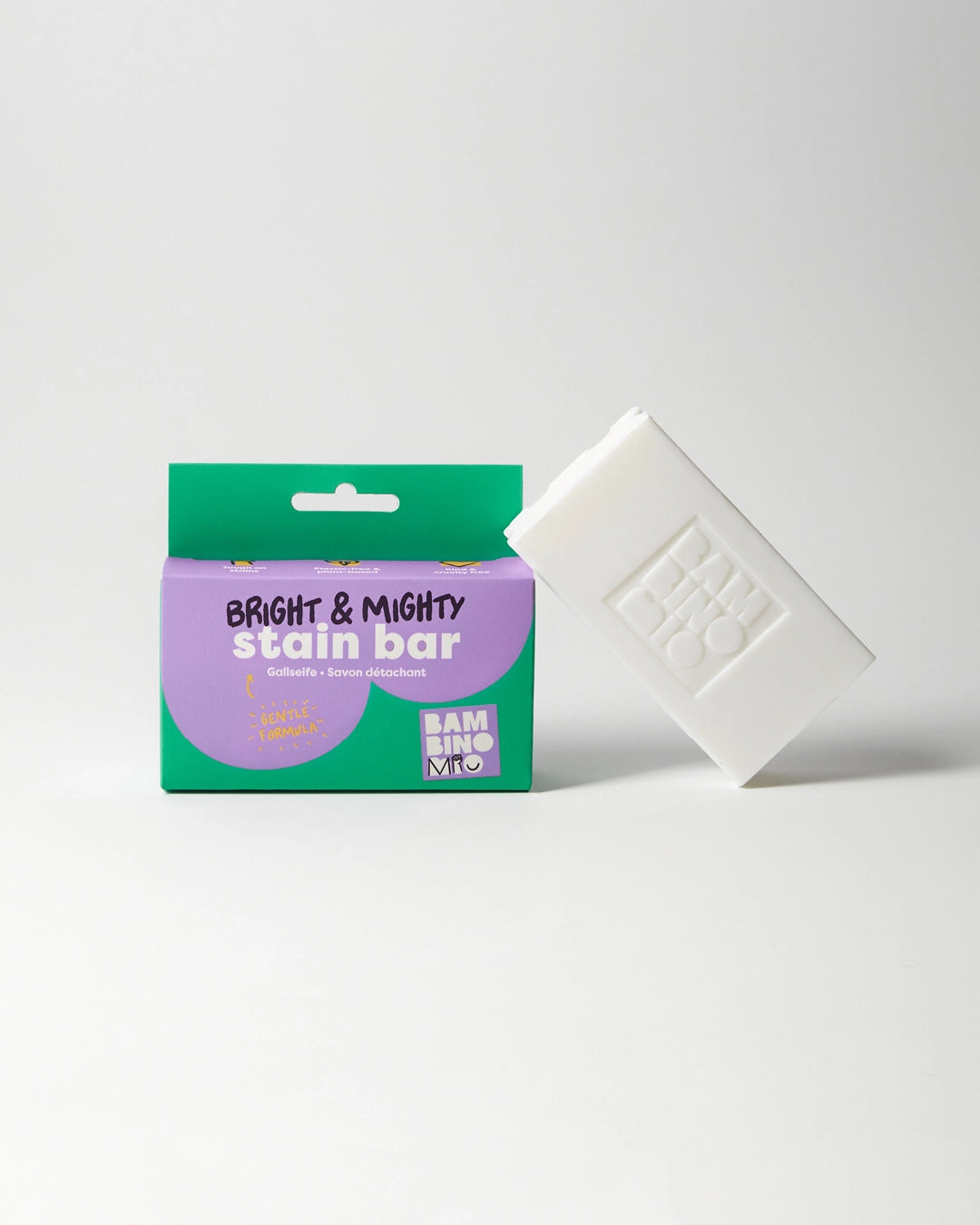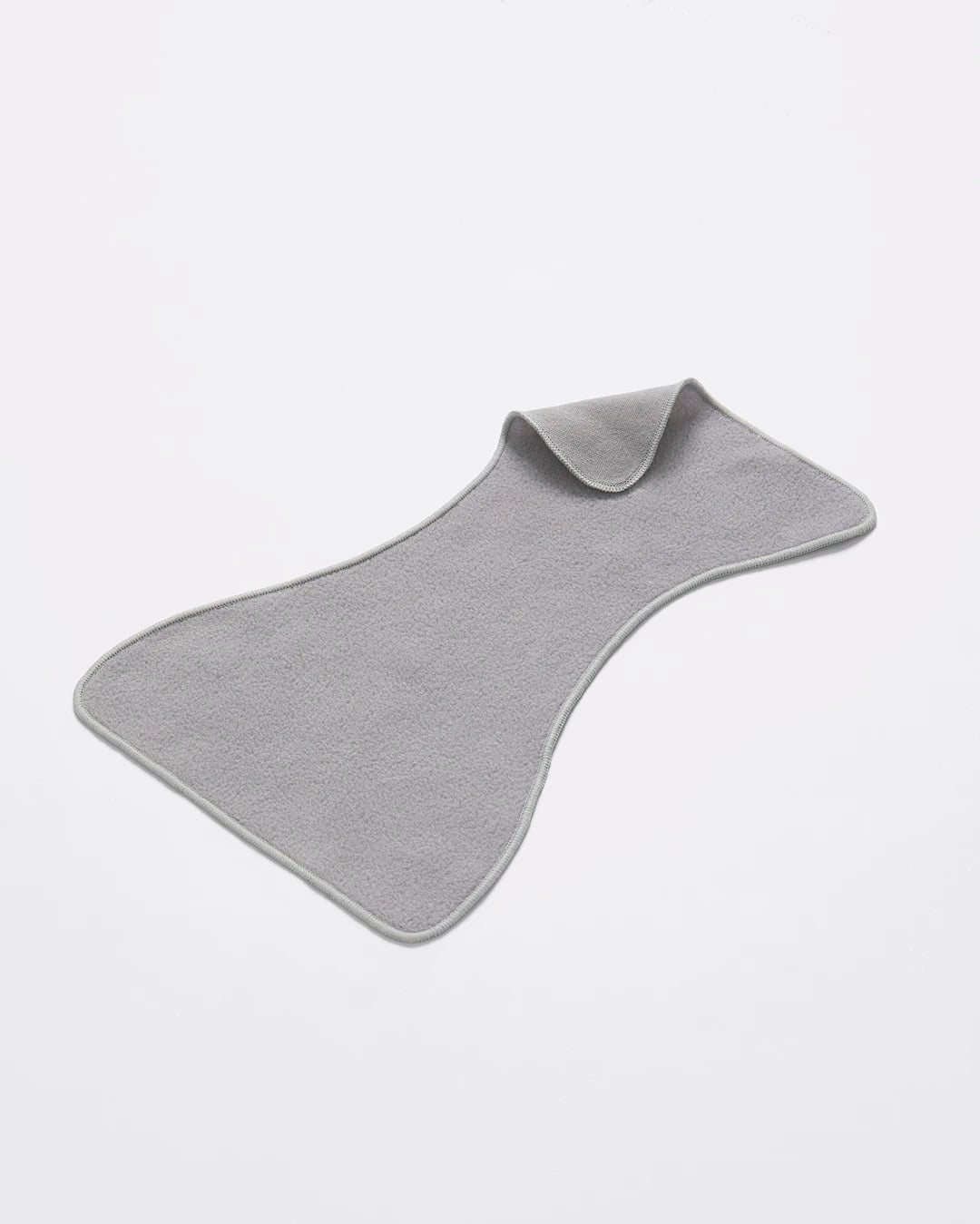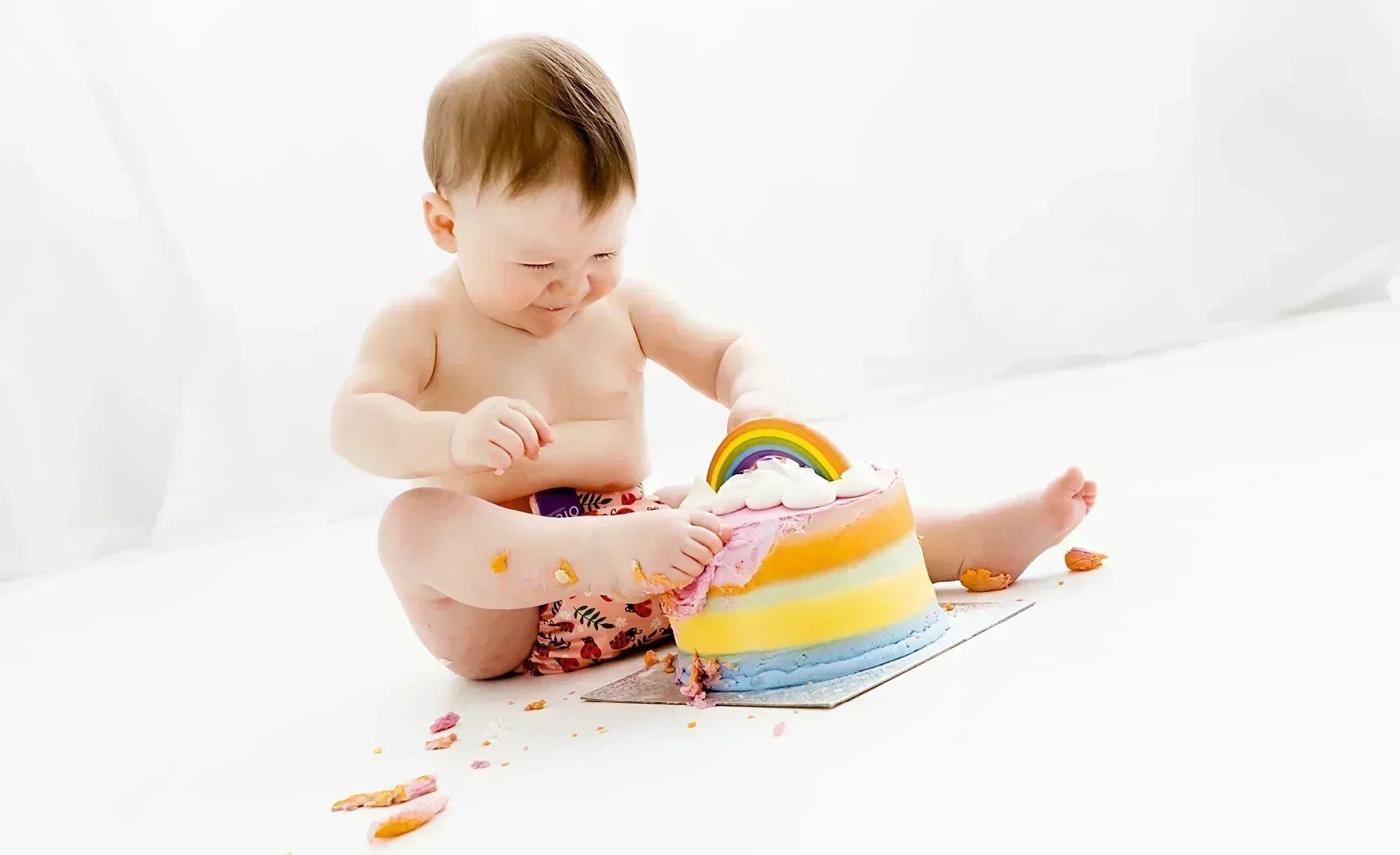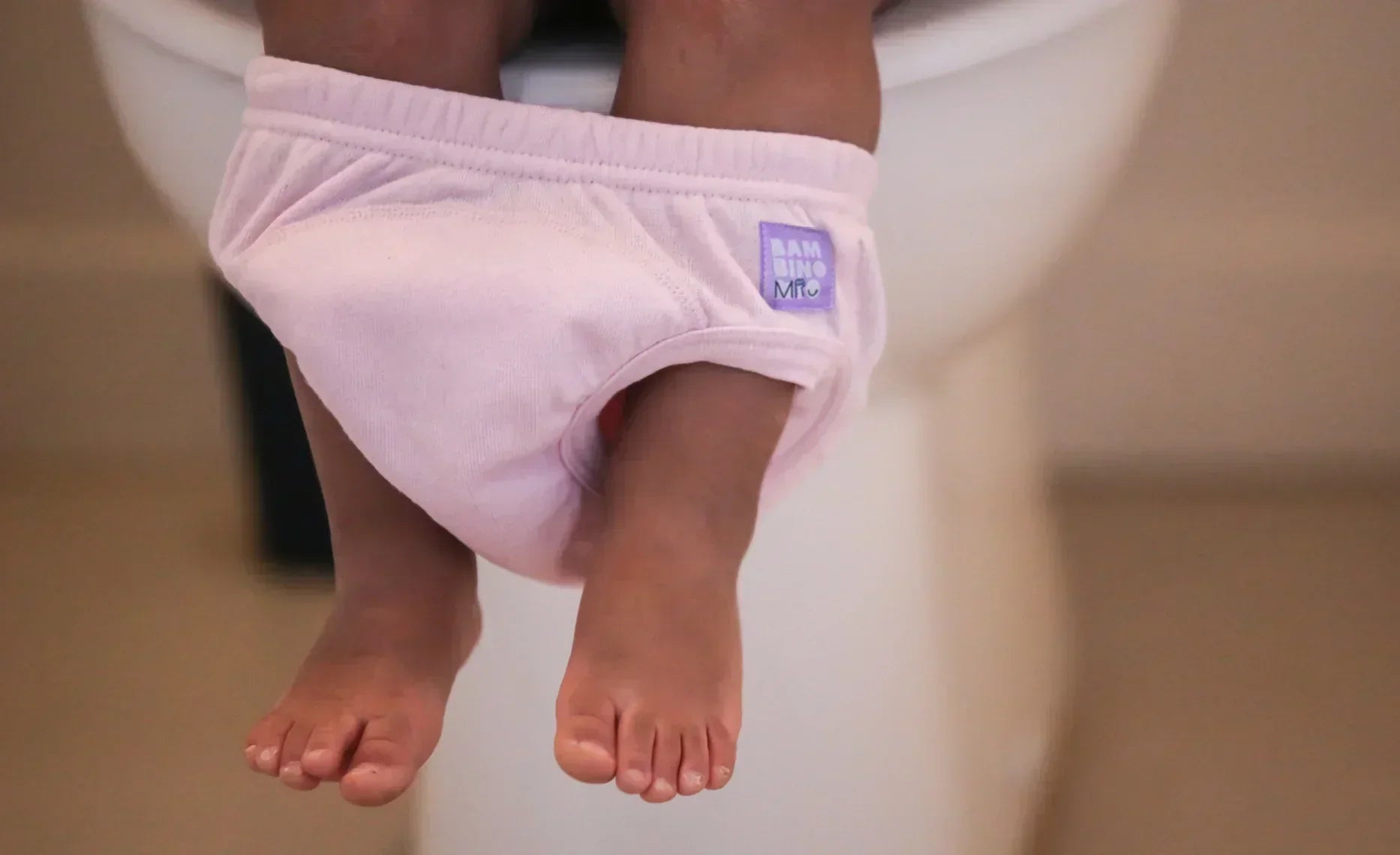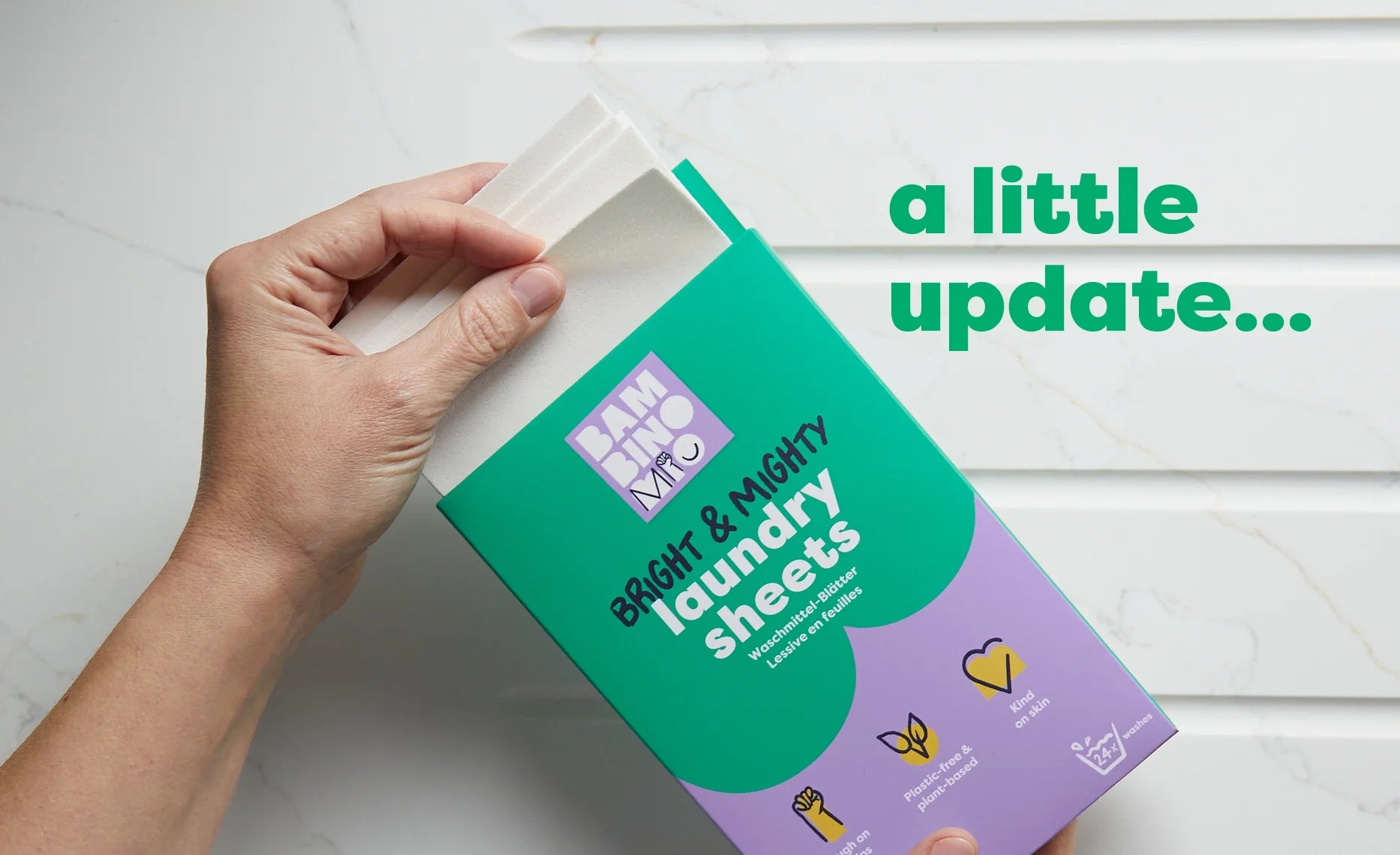Baby's First Tooth: Facts You Should Know About Baby's First Teeth
Share Options
- Bambino Mio
- 12 / 09 / 2023
Inside this Article:
- Your Baby's First Tooth: Facts You Should Know About Baby's First Teeth
- What teeth do babies get first?
- When do babies’ first teeth come in?
- When they get those first teeth, baby might feel some discomfort
- Although they’re temporary, baby teeth need as much care as permanent teeth
- Baby teeth act as guides for permanent teeth
- Citations and References
While your baby’s first teeth are something of a milestone, they’re actually just the start of a process that will carry on over the next decade or so, until your child has all of their permanent teeth (1).
Those first pearly whites might only stay around in your baby’s mouth for a while, but they’re very important for a number of reasons. Read on to find out more about babies’ first teeth and their role in your child’s dental health and development.
What teeth do babies get first?
The first teeth to make their presence known are typically the bottom central incisors (2) - the two middle teeth. These are followed by the top central incisors and then the lateral incisors on either side of the central ones. By the time your child is three years old they’ll have their full complement of 20 teeth.
When do babies’ first teeth come in?
On average, babies cut their first teeth at around six months, although some babies are born with a tooth or two and others keep the dentist waiting until they’re a year old.
The central incisors are first, usually, at six months, with the lateral incisors coming in between eight and 10 months. Next up it’s the canines and premolars at around 16 to 23 months. Finally, your toddler’s molars will come in at some point between 24 and 30 months.
When they get those first teeth, baby might feel some discomfort
When they cut those first teeth, baby might find it a bit distressing (3). Teeth erupt by pushing up through the gums and this process, especially when the teeth are breaking through the gums, can be uncomfortable.
You should expect some extra fussiness, drooling and crying, as well as lots of chewing and even disturbed sleep. Offering your baby a chilled teething ring (4), teething biscuits or applying teething gel to those sore gums can help a great deal.
Although they’re temporary, baby teeth need as much care as permanent teeth
Baby teeth need as much care as permanent teeth because they can develop cavities and infections (5) just as adult teeth can. This can cause a lot of pain for your child and also risk damage to the permanent teeth developing behind them.
If your child develops a dental infection in a milk tooth, this can harm the adult tooth waiting in the jawbone, as well as potentially the jawbone itself. Looking after your baby’s first teeth is very important if you want to avoid future dental problems.
Baby teeth act as guides for permanent teeth
Your baby’s first teeth act as guides and spacers for their adult teeth. The adult teeth “wait” for the milk teeth to fall out and then move into the space left behind.
If a milk tooth is lost prematurely, maybe due to decay or injury, then the adult tooth might not fall into line, which can cause alignment problems and lots of visits to the orthodontist in the future.
Citations and References
- National Health Service (NHS). ‘The Eruption Chart for Permanent Teeth.’ Web. www.cem.scot.nhs.uk/adult/teeth.pdf
- National Health Service (NHS). ‘Baby Teething Symptoms.’ 2022. Web. www.nhs.uk/conditions/baby/babys-development/teething/baby-teething-symptoms
- National Health Service (NHS). ‘Tips for Helping Your Teething Baby.’ 2022. Web. www.nhs.uk/conditions/baby/babys-development/teething/tips-for-helping-your-teething-baby/
- National Health Service (NHS). ‘Health A to Z. Tooth Decay.’ 2022. Web. www.nhs.uk/conditions/tooth-decay/
- National Institutes of Health (NIH). National Library of Medicine. ‘Premature Loss of Deciduous Teeth as a Symptom of Systemic Disease: A Narrative Literature Review.’ 2022. Web. www.ncbi.nlm.nih.gov/pmc/articles/PMC8953685


